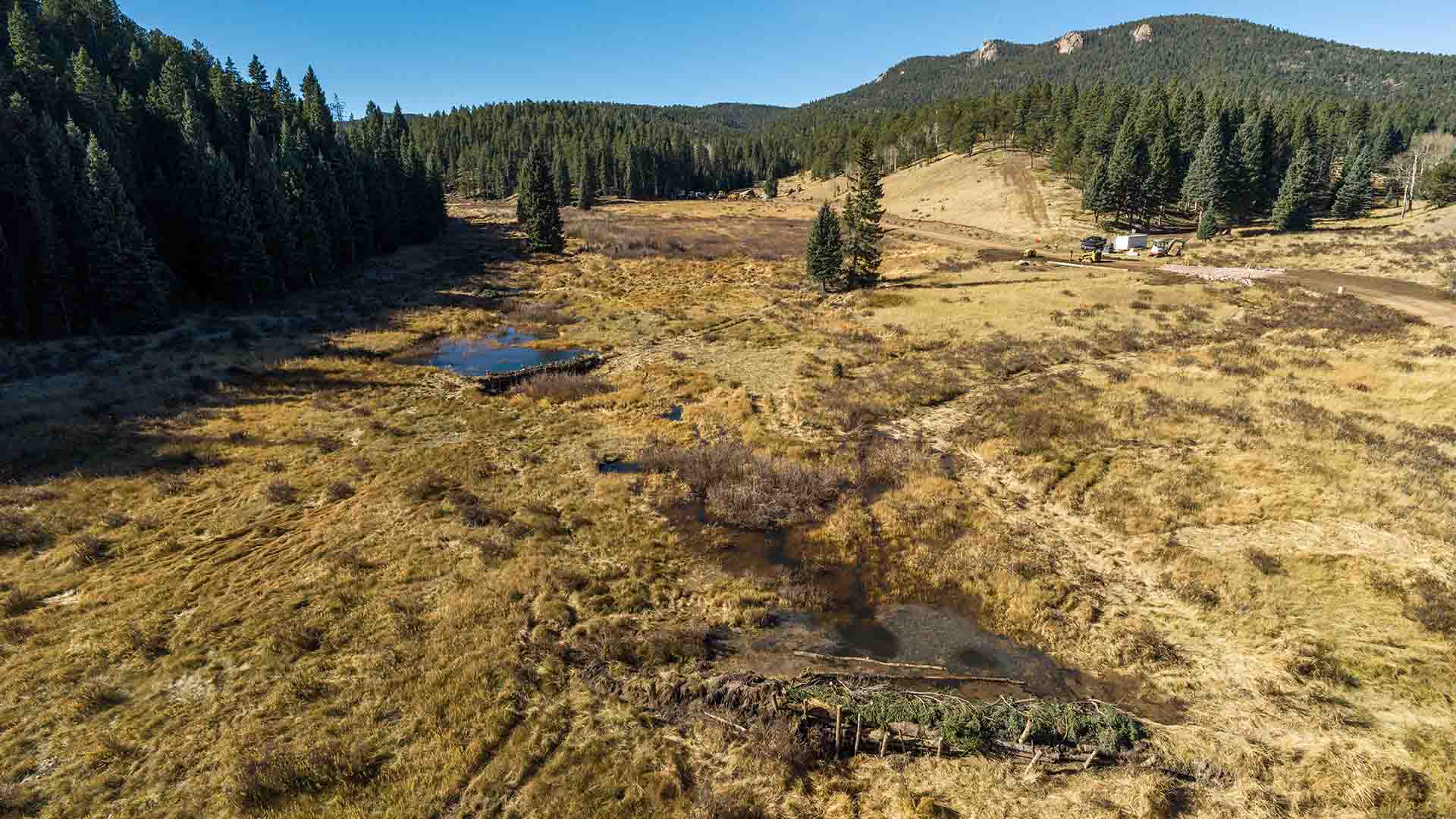
Catherine M.
Duration: 1 minute
Published on July 12, 2023
The wet spring and warm summer temperatures have caused weeds to flourish. Carpets of seedlings are appearing in garden beds, gravel areas, and bare spots in lawns and landscapes throughout Colorado Springs. Here are four tips to get them under control and prevent new weeds in the future.
- If you can’t remove weeds entirely, keep them short so they don’t flower. When weeds blossom, they’re on the verge of producing hundreds or thousands of new seeds that can worsen your weed problem in future years. Do whatever you can to control them before or right when they start to flower. If you have a lot of weeds to deal with, this may mean mowing or string trimming (weed whacking) now to save hours of weeding in the future.
- Invest in a good weeding tool. Hand weeding can be a great way to get rid of weeds, but only if you remove most of the weed’s roots. A Japanese soil knife, also known as a hori hori knife, can be a tremendous asset when hand weeding. Its strong steel blade pops annual weeds out of the ground so they don’t regrow. Perennial weeds may regrow after you pull them, but at least hand weeding slows down their development. A soil knife can also protect your fingers when weeding rock and gravel areas. Many garden centers and retailers sell them for under $30.
- Consider the safety of “natural” products. While it’s tempting to use salt and vinegar to control weeds, beware they may cause unintended consequences. Too much salt can make the soil extremely sodic so both weeds and desirable plants will not grow for years. Concentrated vinegar can cause serious eye damage and blindness. Instead, look for weed control products that have the word “caution” on the label. That signifies it’s safer than weed control product labelled with the words “warning” or “danger.” In some cases, a conventional product may be safer than a natural product.
- Prevent future weeds. While spraying weeds can be a reasonable short-term solution, think about how you can prevent them in the future. Effective methods include:
- Maintaining a three to four-inch layer of wood chips in garden beds.
- Renovating weedy areas and planting flowers and shrubs or native grasses in their place.
- Limiting rock and gravel areas to no more than 30% of your landscape.
- Using a weed preventer like corn gluten meal or a conventional product, like Preen or Barricade, in rock or gravel areas. Apply March 1 and May 1 to prevent spring and summer weeds.
- Mulching fallen tree leaves into your lawn in autumn by mowing over them several times.
While spring moisture helps our lawns and trees flourish, it stimulates rapid weed growth. Prioritize controlling weeds in your landscape now to prevent future problems. If you feel overwhelmed, mow and string trim taller weeds, then tackle areas of your yard with a long-term prevention strategy. Next time we get a wet spring, your yard work will have transformed from tedious to manageable.
Get more water wise landscape tips and resources.







